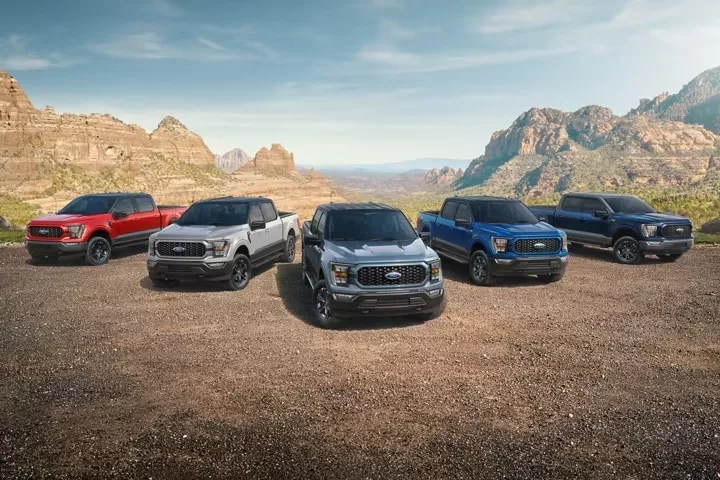The Electric Vehicle (EV) revolution hinges on three key developments: reduced battery costs, quicker charging capabilities, and an efficient network of functional EV chargers. As the industry stands on the cusp of a transformative shift, CATL and BYD are spearheading the charge, with projections of slashing battery prices by up to 50% by the end of 2024, potentially cutting costs for EV manufacturers significantly.
Enhanced Affordability of EV Batteries
The competitive landscape of battery production is witnessing aggressive cost reductions, as relayed by CnEVPost. CATL, for instance, is refining its production strategies, poised to lower the cost of its lithium iron phosphate cells to RMB 0.4 per Wh. This dramatic decrease spells over $3,000 in savings per vehicle for EV manufacturers. Even more promising are the projections from Leapmotor, foreseeing a possible dip to RMB 320/kWh for VDA battery cells provided by CATL – a figure nearing the prescient forecasts made by Tony Seba ten years ago.
Understanding VDA Battery Cells
While Tesla has been synonymous with cylindrical cells, the industry is gradually embracing 46 mm diameter cells as a new standard, with companies like BMW and GM transitioning in this direction. VDA, a specification originating from Germany, reflects a prismatic cell design which CATL is expected to offer at significantly reduced costs by summer. These cells will not only be cheaper but also boast a robust 2.2C fast-charging capability, enabling a full charge in under 30 minutes.
BYD’s Price Reduction Crusade
Not to be outdone, BYD through its FinDreams battery division, is urging cost reductions to maintain its competitive edge. Despite capturing a smaller market share compared to CATL, BYD’s internal strategies hint at an ambitious plan for reducing costs further in 2024 without skimping on efficiency.
What Does This Mean for the EV Revolution?
The landscape for EVs is frequently interpreted through a pessimistic lens, particularly with leading automotive players delaying EV rollouts and retracting ambitious all-electric pledges. This mixed messaging, juxtaposed with unmet expectations of lower EV prices, has fostered skepticism among consumers. Moreover, unexpected price hikes on popular models like GM’s Equinox and Ford‘s F-150 Lightning have exacerbated disillusionment around the EV transition.
However, this obfuscation belies the positive strides being made in battery cost reduction, in line with Tony Seba’s decade-old predictions. These advancements signal a boon for the EV market, provided external factors like manufacturing standards and geo-political trade strategies align to support these gains globally.
The Global Impact and Unfinished Business
As battery prices tumble, their benefits will likely be first savored by consumers in China and possibly Asian and European markets. The United States, on the other hand, might witness slower adoption due to protective measures around battery component sourcing and an overall protectionist stance. This could delineate a path where the U.S. lags behind in gaining from the fruits of affordable EV batteries.
Despite these geopolitical hurdles, the progress in battery efficiency and fast charging is undeniably propelling the EV narrative forward. However, key challenges like the need for comprehensive charging infrastructure remain. Striking a balance between lowering prices, enhancing technology, and deploying supportive frameworks is crucial for driving the EV revolution to its eagerly anticipated zenith.
